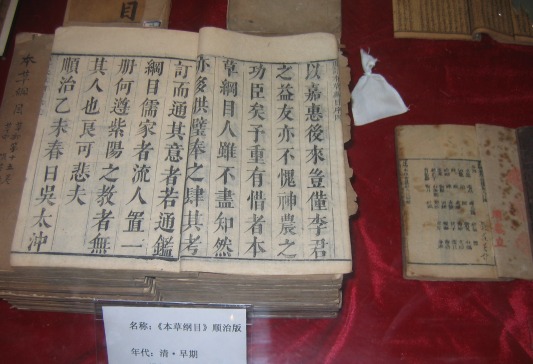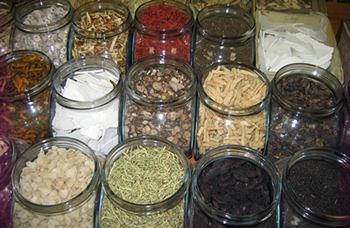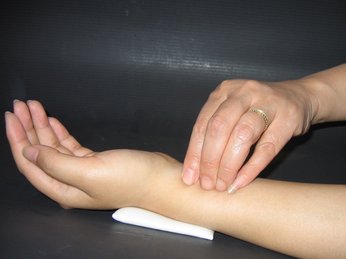 Both modern medicine and TCM has the same aim of treating illnesses but their philosophical focus is inherently different. Chinese medicine is described as “holistic” because it envisages the body as a set of complete and sophisticated interconnected systems, and that those systems usually work in balance to maintain the healthy function of the human body.
Both modern medicine and TCM has the same aim of treating illnesses but their philosophical focus is inherently different. Chinese medicine is described as “holistic” because it envisages the body as a set of complete and sophisticated interconnected systems, and that those systems usually work in balance to maintain the healthy function of the human body.
Western medicine’s focus on health is allopathic or symptomatic. It treats patients as a series of parts that are all isolated, TCM takes the opposite approach. TCM sees good health as much more than the absence of disease, so in a way it doesn’t treat illness, it prevents illness. Much of the time, the symptomatic approach removes discomfort but the cause of the illness is still there.
The age old saying goes “prevention is better than a cure.” In an ideal world, we would have both at our disposal but this isn’t a flight of fancy. In China, most ailments are treated by an integrated approach, combining the benefits of both sides.
Chinese medicine was developed thousands of years ago, during a time when people lived much closer to nature and the shifting seasons. Concepts of Chinese medicine are philosophical and derived from natural laws and the elements. TCM views each human as a microcosm of nature overall. It questions causes of disharmony, whether the need for vitality (Qi) stems from a blockage of an important bodily pathway (Meridian) or a weakness one or more of the 12 Organs (Zangfu) or a lack of vital substances (Blood or Fluids) or a disharmony of the elements and Yin and Yang.
Yin and yang are the two opposites. Yin represents femininity, coolness and darkness while yang represents masculinity, warmth and light. The opposite elements are co-dependent. Whereas yin nourishes and circulates the body's substance, e.g., Blood and Fluids, yang generates warmth and vitality. Disease is considered the result of unbalance of yin and yang. Yin and yang may be difficult to conceptualise.
 In our bodies, a balance of the two means neither is dominating the other. If the Yin is too strong, the body can be clammy and overheating putting pressure on the kidneys and bladders as the body attempts to prevent dehydration and kidney damage. If Yang is dominant, the body may be cold, prone to aches and pains, and succumbing to various respiratory conditions as asthma. It is sometimes not the dominating force but the deficiency.
In our bodies, a balance of the two means neither is dominating the other. If the Yin is too strong, the body can be clammy and overheating putting pressure on the kidneys and bladders as the body attempts to prevent dehydration and kidney damage. If Yang is dominant, the body may be cold, prone to aches and pains, and succumbing to various respiratory conditions as asthma. It is sometimes not the dominating force but the deficiency.
Qi, or air or energy, is the vital force in the body. Qi and Blood are also linked. Qi promotes circulation and organ function, whereas Blood nourishes Qi. Jing or essence refers to the reproductive capacity, such as growth, sexual power, pregnancy, strength, and vitality. Seng refers to the physics, mentality, and sprit. Blood depends upon Qi to be circulated throughout the body. For example, in Chinese medicine, dizziness is a symptom of blood deficiency. Fluids denote fluids in the body other than blood, including saliva, sweat, urine and tears. The symptoms of deficiency of Fluids can be detected by dryness, an example being, chapped lips.
Additionally, the Five Elements (Fire, Earth, Metal, Wood and Water) are like Yin and Yang as they describe natural energies, used to categorise the environment and to describe the body, each controlling particular organs and body functions. In accordance with the cyclic nature of TCM, Water causes new plants to grow in spring to create Wood, which in turn is destroyed by the Fire of summer to return to ashes and Earth. Earth is the source of ores yielding Metal which, as a cold element, causes condensation and yields Water.
Illnesses can result from either external causes (Wind, Cold, Fire, Summer Heat, Dryness and Damp) or internal disharmony between organs. Deficiencies or imbalance can be detected by Chinese diagnostic methods.
TCM diagnostics utilise all five senses of speech, hearing, touch, smell, and vision. The practitioner will enquire about past medical history, dietary habits and daily routines like quality of sleep and/or bathroom frequency of the patient. The touch element comes from pulse-taking where the practitioner will be alert for one or more of 28 distinct qualities.
Smell is also important if they are detected, whether it is halitosis (which may be an indication of digestive heat) or pungency detected elsewhere by the patient themselves. Finally, a TCM practitioner will observe both the overall appearance of the patient and pay particular attention to the tongue. The general and local shape, the colour of both the tongue body and coat are all indications of ill or good health.







